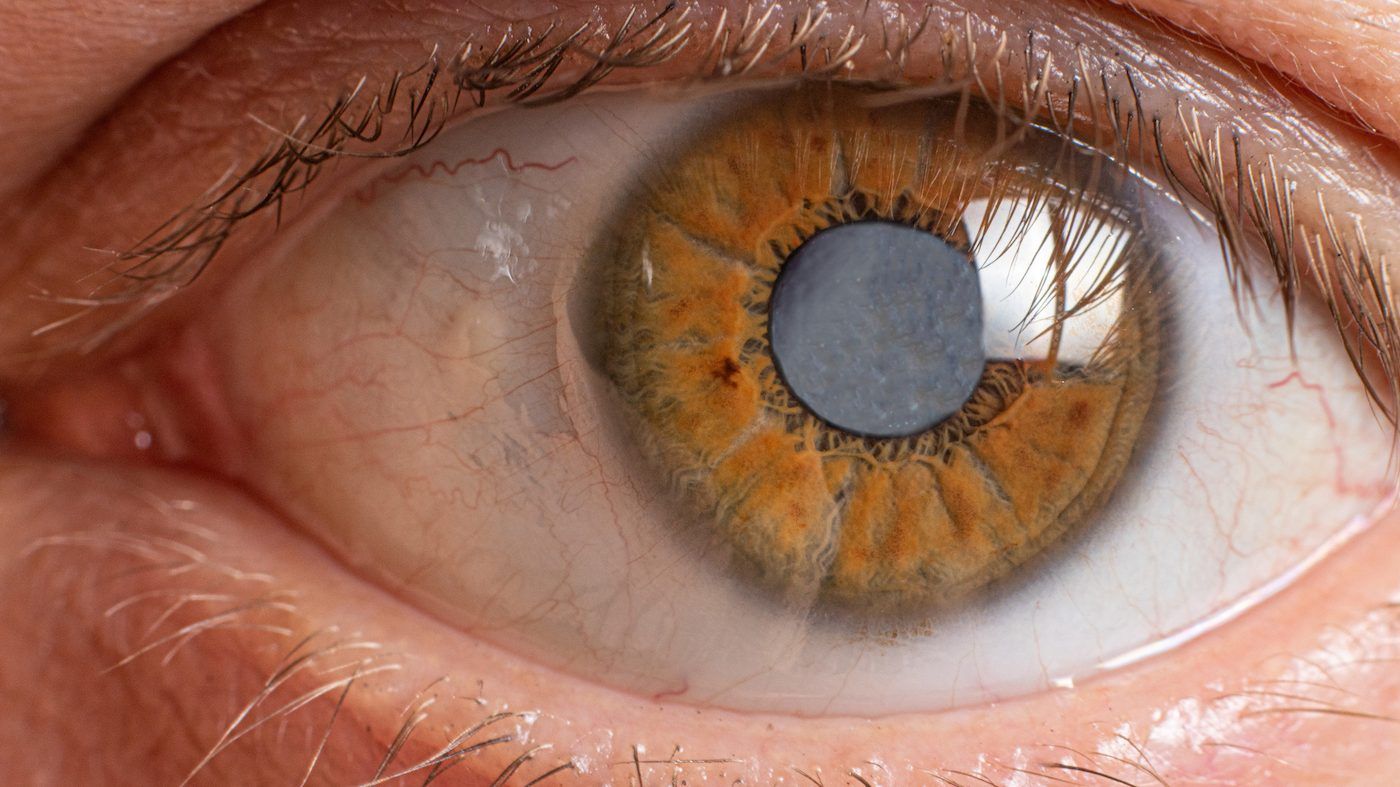also important, move the screen to an angle where you’re not straining to look up.
“whether it’s your computer screen, ipad or iphone, the ideal situation is to look at it from above. keep the screen below eye level. when it’s too high, you’re opening your eyes much more to look at your screen so you have more surface that can evaporate and get dry eye faster.”
adjust your screen illumination setting for eye comfort and use a desk light or reading lamp instead of bright overhead lighting.
air quality also plays a role in eye strain, and climates like canada with colder, dryer air can pose problems. good ventilation and a humidifier can help keep air moist and keep hydrated by drinking water.
the go-to for many people with eye strain is eye drops, which are very effective. over-the-counter options have improved even in the last five years, says khouri. always choose ones that have no preservatives that can actually cause more irritation.
“while you’re doing all these things, we want you to have the best health possible, so don’t smoke, exercise and try supplements like omega 3, for example, which helps different parts of your body and brings oil to the tear film,” she adds.
 6 minute read
6 minute read








